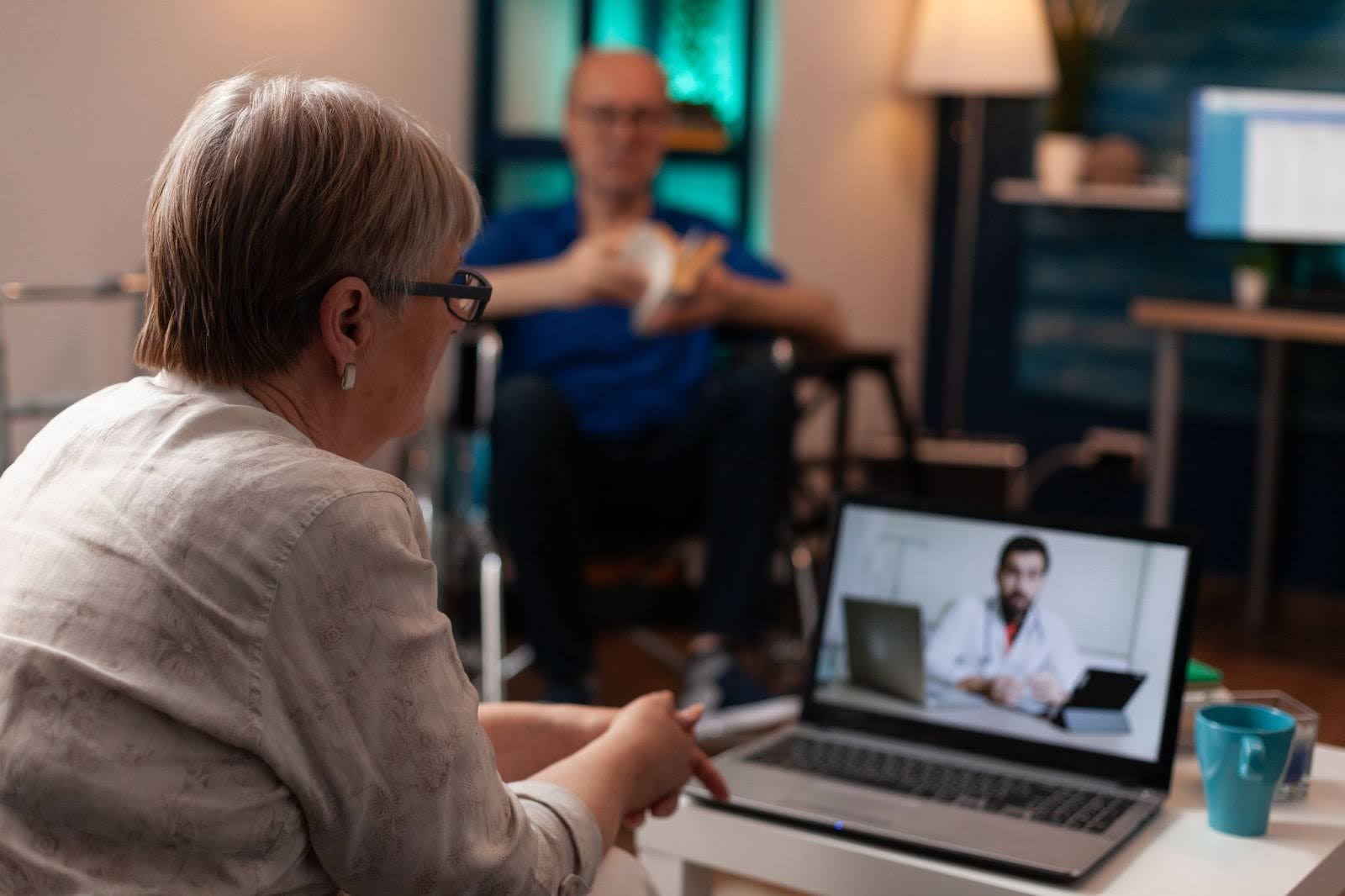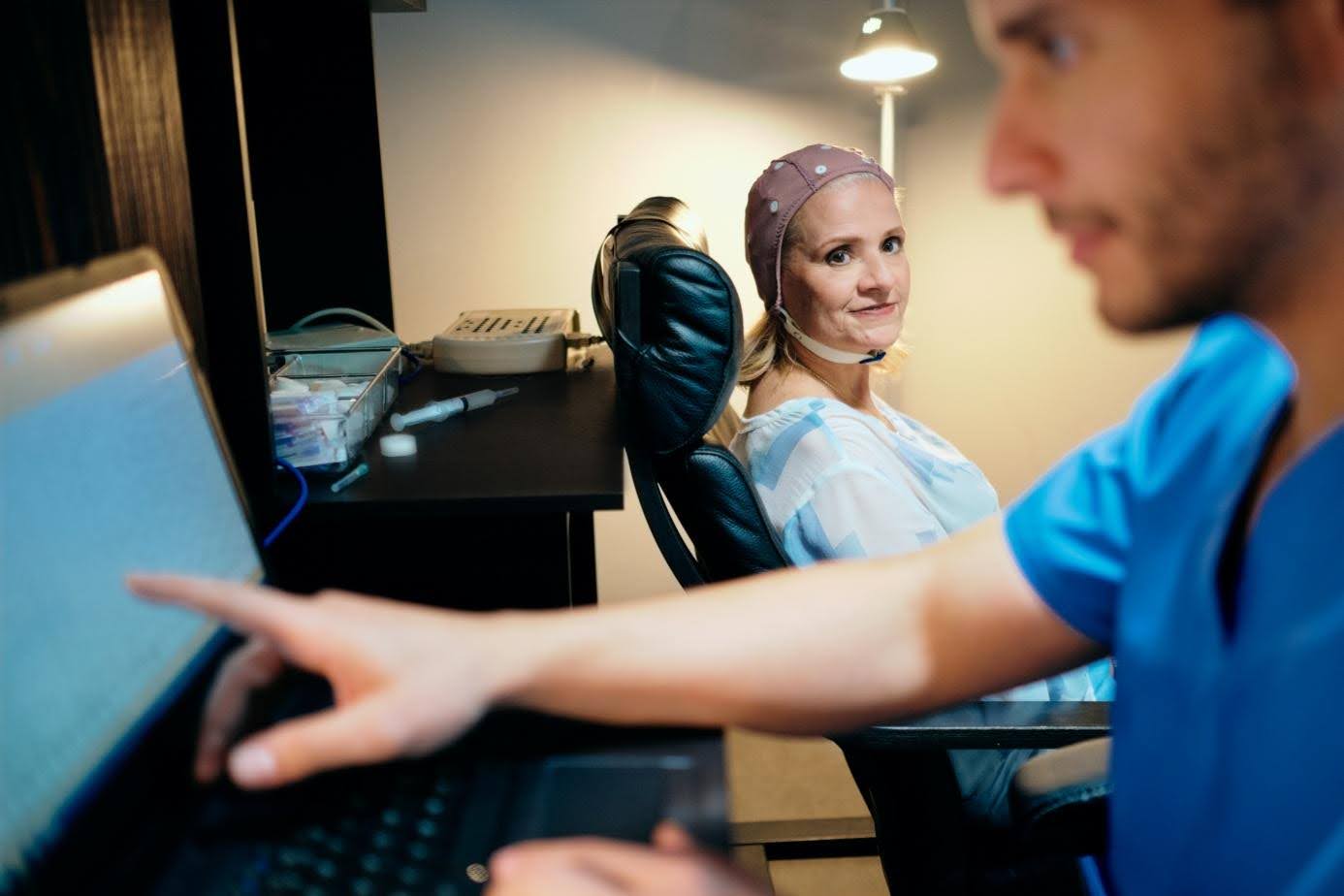
Faced with everyday constraints, more and more families and adults are turning to flexible solutions to improve their mental well-being. Remote neurofeedback allows you to enjoy the benefits of this method from home while being guided by qualified professionals. Accessible, personalized, and safe, this innovative format makes brain training easier without compromising quality or results.
What Is Remote Neurofeedback?
Remote neurofeedback is brain training conducted outside a clinic. It relies on specialized equipment and remote supervision by a professional. A connected EEG headset records brain activity, and the data are then transmitted to a supervising team for analysis.
-
How Does It Differ from In-Clinic Neurofeedback?
Unlike in-clinic neurofeedback, the remote version takes place without a professional physically present during sessions. While this format may suit some individuals, it limits real-time adjustments and the detailed interpretation of the patient’s reactions. Its effectiveness may therefore be lower, particularly for children or in cases of complex disorders.
-
Who Is It For?
Remote neurofeedback can be suitable for independent adults or well-supervised children at home who experience cognitive or emotional difficulties, such as ADHD, anxiety, or sleep disorders. However, it is not appropriate in all cases, especially when clinical adjustments are required.
-
A Professional Framework Is Essential
Even remotely, neurofeedback must be supervised by qualified professionals. The protocol relies on a thorough initial assessment and continuous monitoring to ensure the quality of the intervention and patient safety.

This is why Neuroperforma prioritizes in-clinic, guided neurofeedback for optimal personalization, faster professional responsiveness, and more reliable results. Neuroperforma considers remote neurofeedback as a supplementary technique that can help.
How Does a Home Neurofeedback Session Work?
-
Equipment
Home neurofeedback uses specialized equipment, including an EEG headset to measure brain activity, a computer or tablet with dedicated software, and sometimes a secure online platform. This equipment is ready to use and configured by supervising professionals.
-
Typical Session at Home
- The user sets up the EEG headset following instructions, videos, or remote guidance;
- Once connected, the software runs interactive exercises, games, videos, or visual/audio feedback that respond in real time to brain activity;
- Each session lasts about 30 to 45 minutes, with 2 to 3 sessions per week.
-
Personalized Remote Follow-Up
-
- Teleconsultations are scheduled with a neurofeedback therapist;
- Session data are analyzed remotely;
- The protocol can be adjusted at any time to match the patient’s progress.
-
Safety, Privacy, and Technical Support
Devices are certified, and data are transmitted via secure platforms. Patients receive technical support in case of installation or usage issues. Professional standards are maintained despite the distance, with trained teams ensuring rigorous supervision.
Benefits of Remote Neurofeedback
Significant improvements have been observed in individuals with attention disorders (ADHD), anxiety, or sleep disorders. A 2023 PubMed study highlights that remote neurofeedback results can be comparable to those achieved in clinics when the protocol is well supervised.
Remote neurofeedback also allows users to:
- Benefit from a familiar and reassuring environment;
- Reduce travel, which is especially useful in remote regions of Quebec or Canada;
- Fit sessions into a busy schedule, particularly for families or professionals;
- Foster greater independence while maintaining professional oversight.
Remote Neurofeedback: A Rigorous Practice
Whether remote or in-person, neurofeedback should be conducted in a strict professional framework to optimize effectiveness and safety.
The Collège des médecins du Québec recognizes the value of this approach but advises caution. It should always be carried out under the supervision of trained professionals, with a thorough initial assessment, personalized protocols, and continuous follow-up.
Conclusion
Remote neurofeedback is an innovative solution that can help. At Neuroperforma, each guided program is based on proven expertise, validated tools, and a structured approach, ensuring concrete and lasting results. The focus is on high-quality follow-up, rigorous assessments, and continuous adaptation to individual needs. Book an appointment at one of the Neuroperforma clinics.

